VIEW BY CATEGORY:
Hi, we're Hunter and Sarah, a husband-and-wife, luxury wedding photography team. We’re also educators, helping other photographers build profitable and sustainable photography businesses.
MEET US
LOOKING FOR SOMETHING?
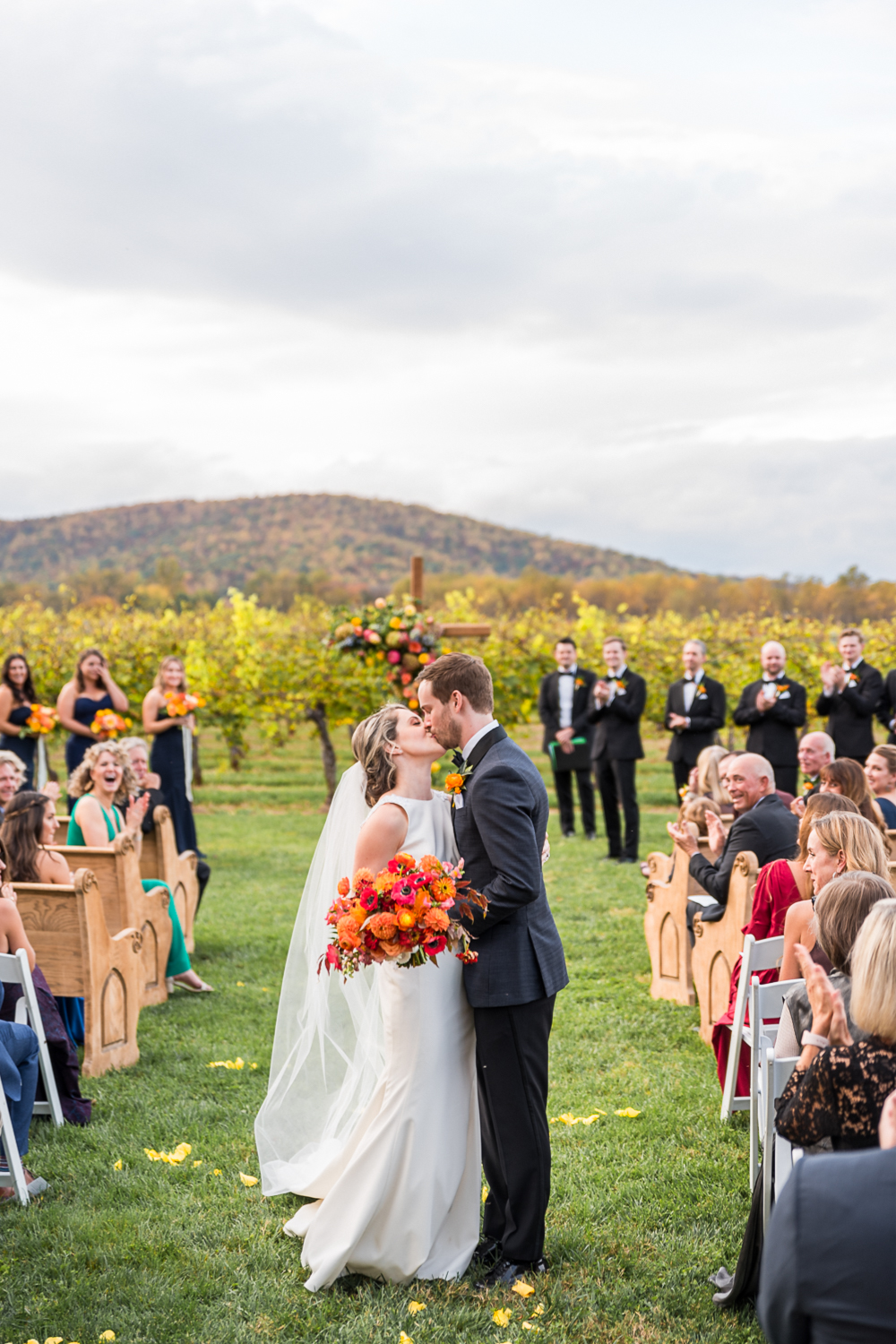
Make the Leap: How to Quit Your Day Job and Become a Full-Time Photographer, Part 3
April 12, 2021
Hey Photographers! It’s been years since I first walked away from my full-time job and entered the world of full-time self-employment. Since then, our photography business has grown, and we began the Hunter and Sarah Photography Apprenticeship, a program where we train newer photographers in their photography and business.
After running the program for a couple of years now, several of our Apprentices have made — or are currently making — the transition from successful side-hustle into full-time professional photographer. Not only have we made that transition ourselves, but now that we’ve helped others make it too, we feel like we have a lot of wisdom to share! That’s why, over the next several weeks, we’re going to be writing a blog series all about quitting your day job and becoming a full-time wedding photographer! And even if full-time isn’t the goal (or it isn’t the goal yet), we still think the tips will help you grow your business!
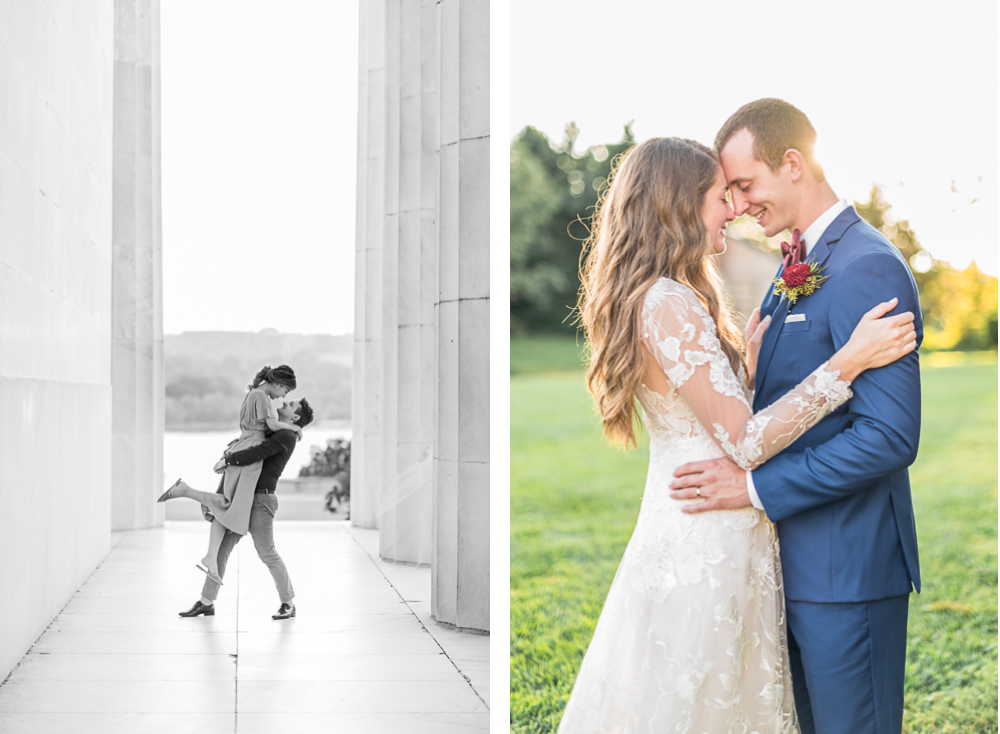
Make the Leap, Part 3: Build Your Arsenal of Gear (Debt Free!)
I can’t think of many things more stressful than quitting your job to pursue photography full-time… only to find out that you still have thousands of dollars of investments to be made in your business! When the time comes when your photography business is finally profitable enough to support your lifestyle (i.e. it pays your bills!), that last thing you want to do is have to stress about whether you should buy that new lens this month, or pay for groceries. And racking up thousands of dollars in debt for a fledgling business is just as scary!
That’s why Sarah and I tell all of our Apprentices that they shouldn’t despair of the “in-between time” (the time when they’re hustling hard in their photography business and starting to make money, but not depending on it for income just yet because their main full-time or part-time job is paying their bills). It’s during this time that they should slowly, job-by-job, build up their arsenal of photography gear in cash rather than by going into debt.
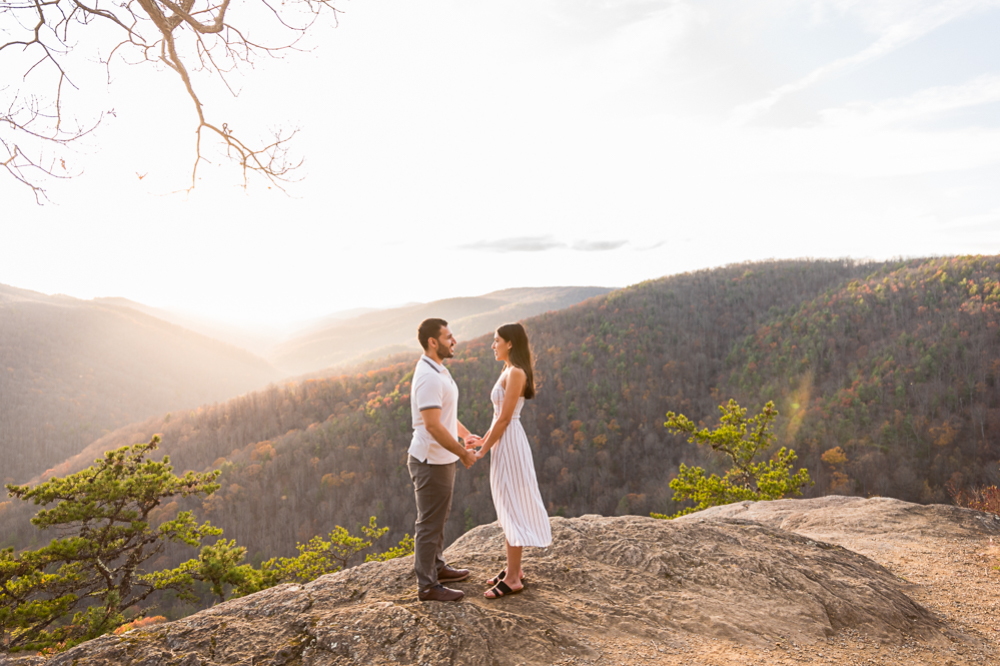
1. Slow and Steady Builds a Business
Here’s how this practically works: when you first started taking pictures, you probably had a very basic camera. Maybe it was a Nikon 3000-series camera, or maybe a Canon Rebel. Maybe you bought it yourself, or maybe it was a gift from a friend or family member. Either way, it probably came with a very basic, inexpensive zoom lens — we call these “kit lenses” because they came with the “kit” when you bought the camera. If you’re lucky, you started off with a simple prime lens, like a 50 mm f/1.8.
Now, no one would mistake a starter camera with a kit lens for a professional photography arsenal. But that doesn’t mean you can’t learn the basics of photography on it! And it certainly doesn’t mean you can’t shoot your first paid session with that either! When I was in high school, a teacher at our school hired me to photographer her and her husband’s 50th anniversary party. I brought my Nikon D3000 with the 18-55 mm f/3.5-5.6 lens that it came with, and made $100 to take photos for a few hours. Then, I took that $100, along with $20 here and $50 there that I had made taking photos for friends, and I bought my first flash.
I used that flash to improve my photography, take more photos, and get paid a bit more. By the end of high school I had saved up almost $500 ($25 and $50 at a time), and bought a 85 mm prime lens. Then, I used that lens to take better photos, book more sessions, and charge more for those sessions. I think you see how this works!
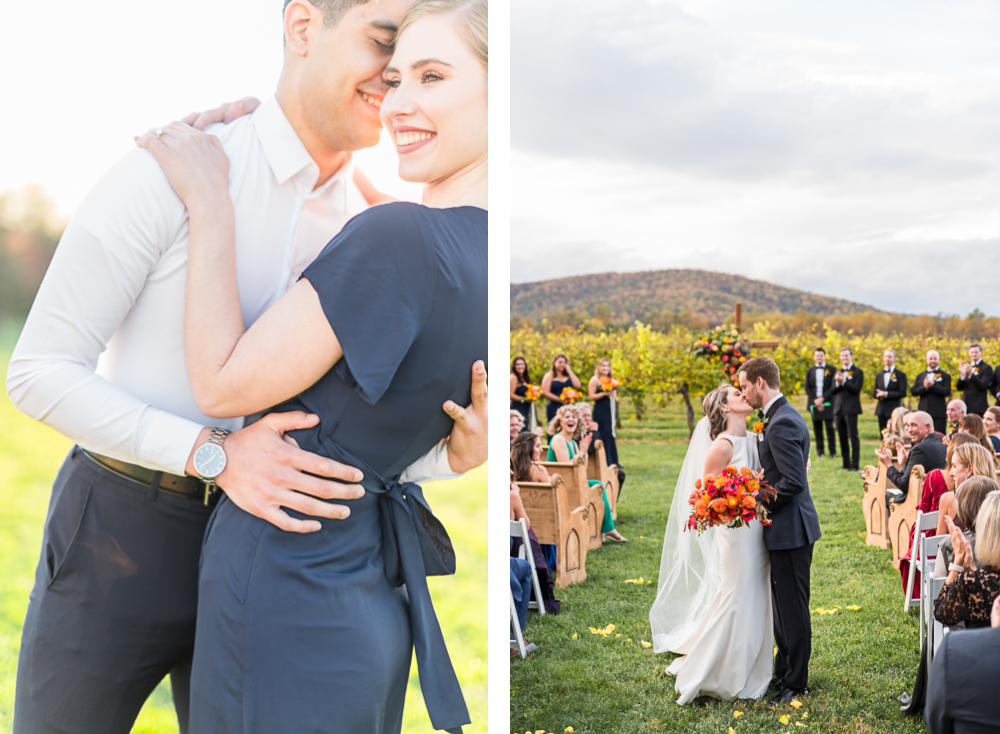
2. We Spent Every Dollar We Made (On Purpose)
Years later, as Sarah and I began to take photography more seriously, we followed this exact model that I had accidentally started in high school. Every time we made money for a photoshoot, that money was set aside for the next piece of gear (or occasionally, software). It was always reinvested in something that we knew would make a big improvement to our photography or our business. That’s how we slowly built up our arsenal of gear, without going into debt even once!
As college students working part-time jobs, and later as post-college adults working full-time jobs, our basic needs and our everyday lifestyle was covered by what we made at our normal day-jobs. (If you want to know how we lived, saved, and paid off debt off of two very small salaries, read more about our personal budget here!) That meant that every dollar we made from photography we could immediately reinvest into gear that allowed us to take better photos, or software that allowed us to run our business more efficiently or otherwise improved our clients’ experience with us.
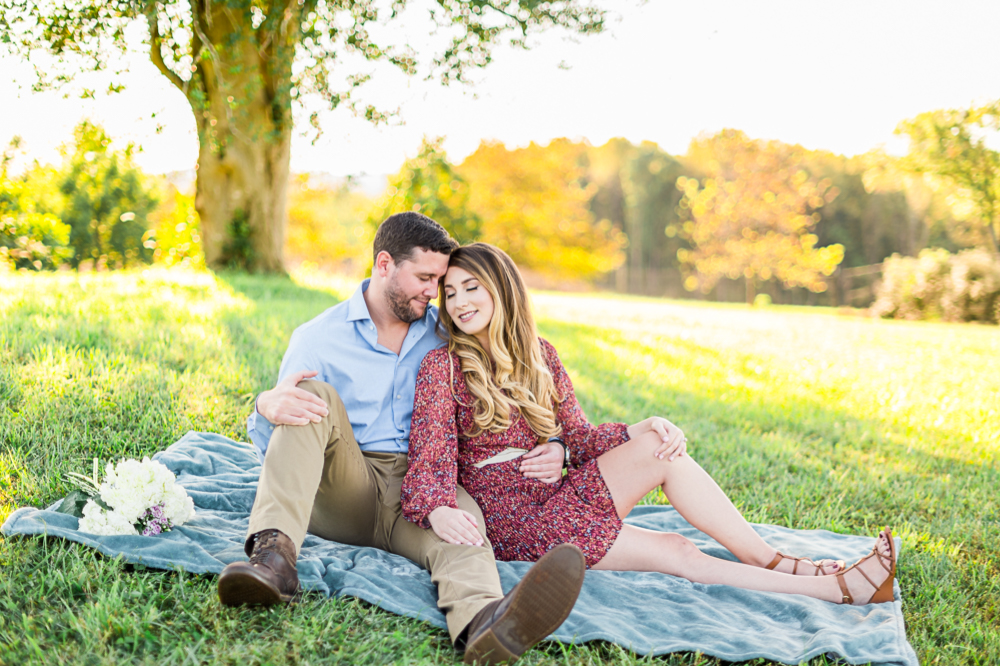
This also meant that our business was intentionally unprofitable until we were ready to go full-time. In our first “in-between” year, our photography business made about $20,000 — not bad for a part-time side-hustle! But in that same year, we spent close to $8,000 on new camera gear, plus another $5,000 on computer equipment and software to help us run our business. After spending $3,000 on marketing and advertising to book new jobs, we looked (on paper) like our business was barely profitable. That’s a LOT of hard work to only net $4,000! But we also had an awesome arsenal of professional camera gear to show for our hard work.
Another big benefit was this: we knew that when one (or both) of us was ready to quit our day job(s) and go full-time with photography, we wouldn’t have to worry about shelling out thousands on gear right away. We just had to make enough each month to pay ourselves and cover recurring costs! This also meant that our taxes were extremely low that first year, since the business didn’t net very much money on paper.
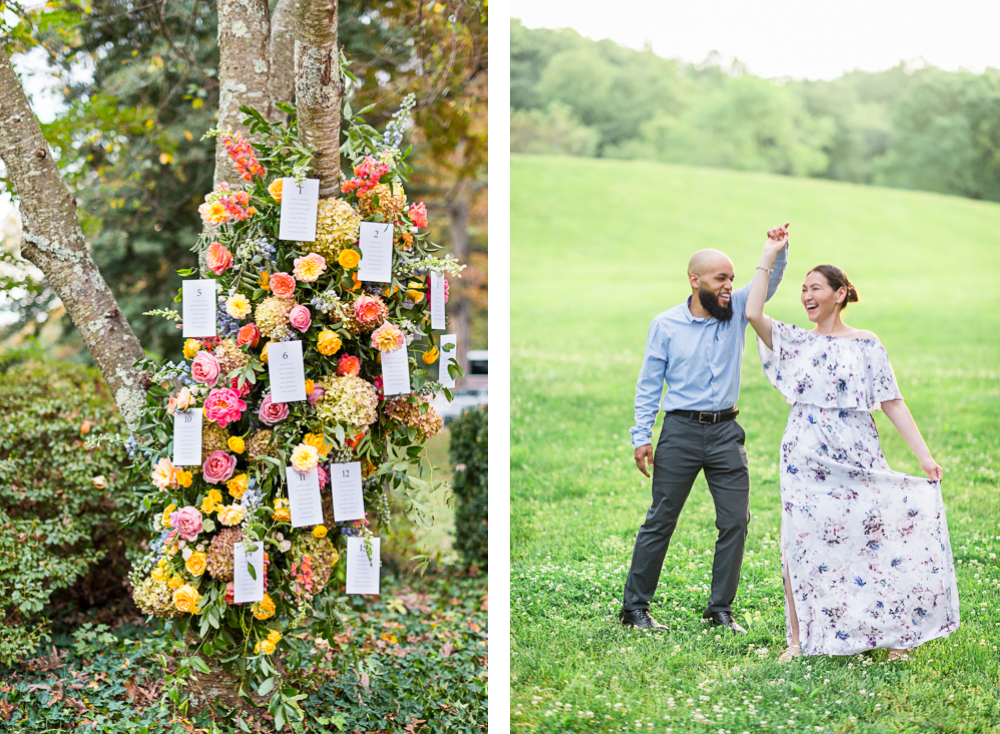
3. How We Built Our Arsenal
If you want our specific recommendations on how to build up an arsenal of camera gear for a portrait photographer who wants to transition into wedding photography, check out Camera Bag Essentials. This 9-part blog series we wrote back in 2018 goes step-by-step into each piece of gear we bought, in what order, and why! But here’s a few basic principles from the series, in case you don’t have time to read the whole series in order right now.
The first and most important piece of camera gear you need is a professional prime lens, probably 50 mm, but maybe 85 mm if you just LOVE the background compression of telephoto, and are okay directing your subjects from further away. This will set you apart from other newbies, and allow you to take professional-looking portraits. If all you’re going to shoot is portraits, that may be all you need! Get a nice prime lens or two, and (one day) upgrade your camera body.
However, if you’d like to shoot weddings one day, there are several more lenses you’ll need, and we always recommend investing in good glass before upgrading your camera body. In the right hands, a $2,000 lens on a $300 camera body will take better photos than a $300 lens on a $2,000 camera body every day of the week! So a professional zoom lens (or two) should come next. You’ll also need a flash to capture dancing photos during the reception, and maybe even a macro lens for close-up detail photos. We shot our first wedding season with just a prime lens, a 24-70 mm zoom lens, and a flash for each of our cameras. As we booked more weddings, we added on a telephoto zoom, more flashes, nicer camera bodies, ultra-wide angle lenses, etc. But we did it all one step at a time!
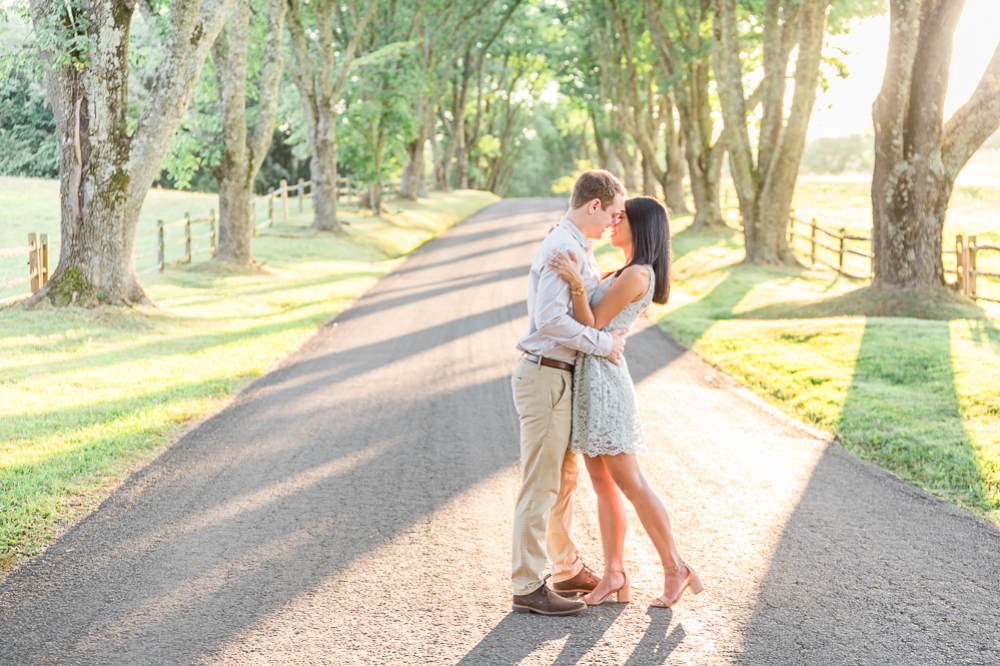
Thanks for reading! Next week we’ll talk about the most important step in the process: getting busy! But until then, start thinking about how you’ll spend your hard-earned photography money!
—
Check out the other segments in this blog series!
- Make the Leap Part 1: Establish Consistency in Your Business
- Make the Leap Part 2: Build a Strong Personal Financial Foundation
- Make the Leap Part 3: Build Your Arsenal of Gear (Debt-Free!)
- Make the Leap Part 4: Get BUSY
- Make the Leap Part 5: How to Know If You’re Ready to Quit Your Job
Want More?
Click HERE to get your free copy of our eBook: “5 Essential Tips for Turning your Side-Hustle into a Full-Time Photography Business.” You’ll also be subscribed to our newsletter, so our newest content, weekly encouragement, and exclusive offers will be delivered right to your inbox!
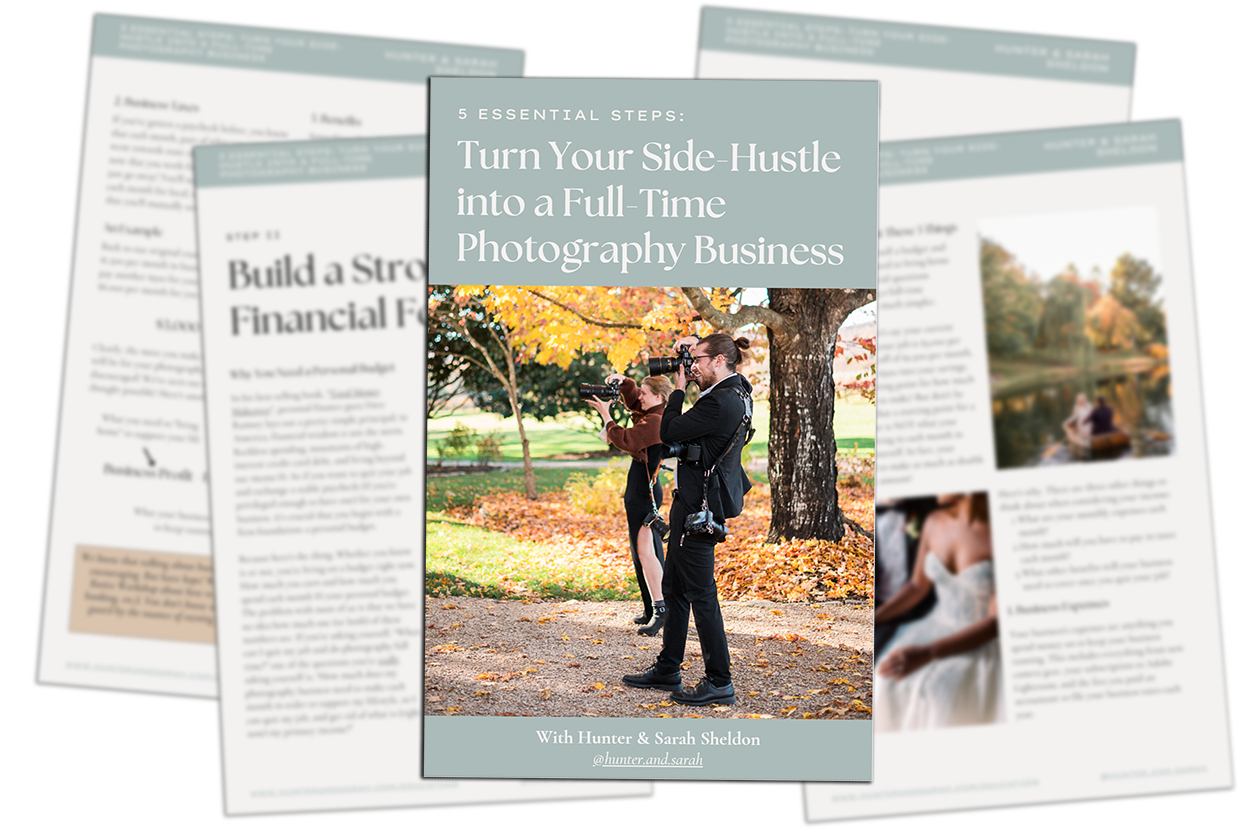
Filed in:
Wedding Photography & Photography Education
Charlottesville, Virginia and Beyond
HOME
ABOUT US
WEDDINGS
JOURNAL
FOR PHOTOGRAPHERS
PRESS & PRAISE
BLOG
CONTACT
e. hunter@hunterandsarahphotography.com
p. (434) 260-0902
